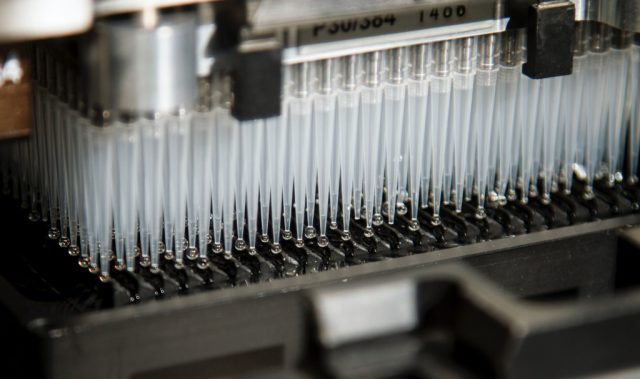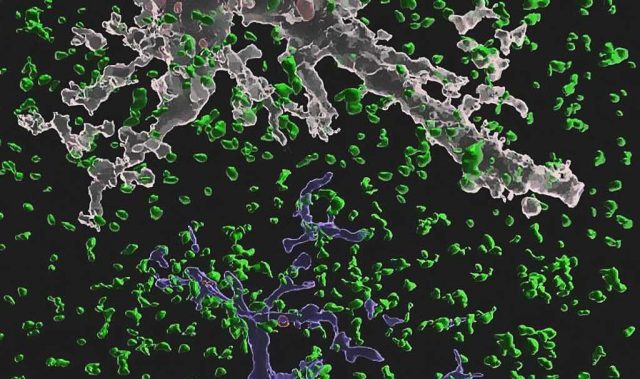
AsianScientist (Apr. 13, 2016) – Food poisoning is a miserable, stomach-churning condition that can easily mean a trip to the emergency room. Now, scientists from South Korea and the US report in Analytical Chemistry a simple, paper-based test that could help detect pathogens hitchhiking on food before they reach store shelves, restaurants and, most importantly, our stomachs.
According to one estimate by the US Department of Agriculture, the food-borne bacteria Salmonella alone led to nearly 20,000 hospitalizations and almost 400 deaths in the US in 2013. Economists estimate that the treatment of all these patients and the related productivity losses cost more than US$3 billion annually. And those numbers account for just one of the 15 pathogens responsible for most of the food poisoning cases.
Current testing for pathogens in food requires complicated machinery and trained personnel. But these tests don’t provide the simple results needed in large-scale food manufacturing. So Park Je-Kyun, professor of bio and brain engineering at the Korea Advanced Institute of Science and Technology in South Korea and colleagues set out to find a more practical way to detect food-borne pathogens.
The researchers developed a paper-based test that can handle the multi-step reactions necessary for this kind of analysis by controlling the pore size of the paper. When dipped into solutions containing the Escherichia coli strain O157:H7, Salmonella typhimurium or both, lines appeared on the dipstick—indicating a positive result—within 15 minutes.
Because the method requires dipping the device into a solution once to produce an easy-to-read result, it could be performed by workers without special training, the researchers said.
The article can be found at: Park J et al. (2016) Pressed Paper-Based Dipstick for Detection of Foodborne Pathogens with Multistep Reactions.
———
Source: American Chemical Society.
Disclaimer: This article does not necessarily reflect the views of AsianScientist or its staff.












